President's Message - June 2021
OAME/AOEM & AFEMO Collaborate In Writing Resources
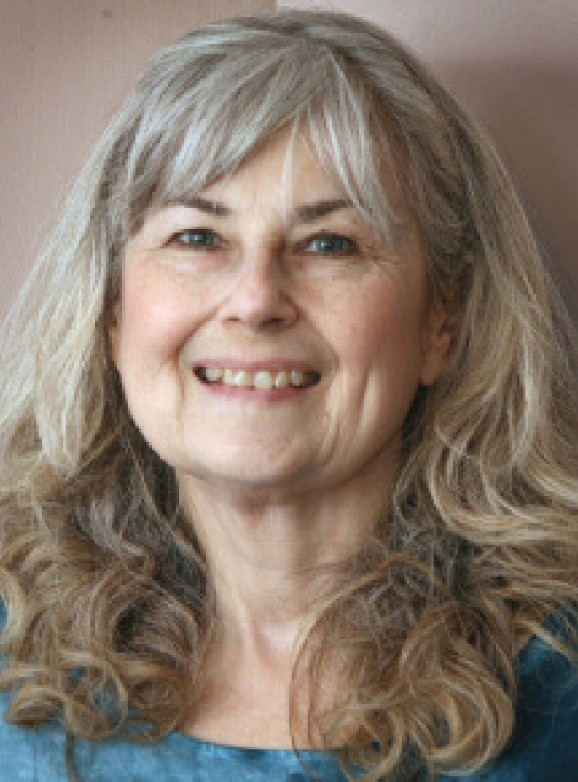
JUDY MENDAGLIO
judy.mendaglio@oame.on.ca
This school year, OAME/AOEM partnered with AFEMO in the production of a variety of resources to support the successful implementation of the 2020 revised elementary mathematics curriculum. A team of extraordinary educators from OAME/AOEM and AFEMO were brought together to tackle this rather enormous project. As part of this project, the teams have written 208 lesson and assessment plans, in both English and French, targeting expectations from Grade 1 through Grade 8. Our project also involved the creation of a new public website to house these new lessons. If you have not yet visited Ontario Math Support (www.ontario math.support/), please do. Lesson and assessment plans that can be edited are posted there. They are sorted by grade as well as by curriculum topic, and you will also find additional resources, such as ready-to-use Scratch programs and spreadsheets, and online/hybrid resources such as pre-made Jamboards and Google Slides. Every lesson and assessment plan outlines ways to adapt your lesson to accommodate students learning from a distance. Every lesson and assessment plan identifies opportunities to gather assessment data. Of course, each and every lesson plan also includes learning goals and success criteria, Strand A expectations (SEL and Mathematical Processes) for the lesson, and links connecting to additional resources that will support teachers and students.
As part of this project, the team has also created and delivered 36 webinars on curriculum overview topics such as Program Planning, Mathematical Modelling, and Assessment and Evaluation, as well as grade-specific topics such as Coding in the Primary Grades, Financial Literacy in the Junior Grades, and Number in the Intermediate Grades. Recordings of these webinars are on the website OntarioMath.support (www.ontariomath. support/), which you can review at a time that is convenient to you. In addition, the slide decks used in the webinars are provided so that you can share these resources with colleagues in your school, in your school board, or in our local OAME/AOEM Chapter.
I have been very fortunate to be able to work closely with a remarkable and thoroughly dedicated group of educators on this project. Because of my participation in this project, I have found myself re-entering the role that is most rewarding for me-that of learner. I remember when I left my career in the financial services industry to return to school to become a certified teacher, I felt the pull to be in an environment in which learning was an integral component of daily activity. Although I had kept studying "on my own time," completing professional designations, which created personal learning opportunities, the environment in which I spent my days was quite barren of adults who valued learning the way I did. What a delight for me to work on a project that afforded me the opportunity to learn such a variety of new things.
With new areas of content in the revised curriculum, such as mathematical modelling, coding, social-emotional learning, and financial literacy, I often found myself revisiting, revising, and extending my own mathematics learning. Having studied mathematics for many years, I knew a lot about mathematical modelling. It is the most prominent aspect of applied mathematics at the university level as well as in the non-academic world outside the university. What I did not know, however, was how to take this remarkably important area of study and fit it into the understandings, skills, and experiences of students. Since there are no grade-specific expectations for mathematical modelling, other than that it is to be tied to the learning in other content areas, everyone on the project, myself included, needed to learn more about the development of connections to real-world situations. These connections guide us in helping students personally recognize and build on those connections.
When we were brainstorming about how best to introduce financial literacy to each grade level within the mathematics program, I learned a lot about taking into account students' cultural background, personal circumstances, and lived experiences when planning instruction. I was well aware that different cultures represent money differently. I knew that some cultures have important beliefs about money owing and interest charging. What I learned by working with this team was how delicate the discussion of money needs to be. It isn't just about recognizing coins and bills, counting by 10's and 25's, or designing fundraising opportunities to give students "real-world" experiences. The true real world of financial literacy also involves talking about equality of opportunity and recognizing systemic inequities when they occur.
The project team, along with many other teachers in Ontario, learned a lot very quickly about ways in which we can support learning for students who are learning remotely. We learned how to create classroom cultures of collaboration when some students are in the classrooms and others are learning in a virtual classroom. We learned how to harness technologies many of us had never used previously, to provide learning spaces, resources, and opportunities for collaboration for students who were attending using video conferencing. We learned how to look for assessment opportunities, even when we were not able to move from desk to desk or table to table to check in with our students.
Everyone involved in this project began the important process of learning, and the learning is far from over, including the ways in which we take for granted that any resources we create will automatically be accessible to all teachers and students, in spite of what challenges they might face. We have learned about the ways websites are designed to facilitate having technology assist people in navigating between resources posted to a website. We have learned how a screen reader accesses the words, pictures, and diagrams that we put onto our pages and into our slides, necessitating adding certain design considerations to lesson templates,
And now I come to the most surprising learning that I experienced. It did not come from writing for a new math curriculum. It came from working with bilingual teams and listening to the experiences of our colleagues who teach mathematics in French schools. Perhaps it will come as a surprise to you that this curriculum is unique in that the English version and the French version actually have the same expectations. I had known that the previous elementary math curricula were somewhat different, but I had thought that the differences were minor. What I had not appreciated is that the 2005 curriculum represented a decision, and first effort, to align the two curricula, and the current revision completed the process. As we started to design lessons in two languages, it became apparent that we needed to accommodate the different curricula from which the teachers and students would be coming, and that there was previously not just one curriculum that added unexpected challenges to our task.
Previous Message:
Montreal's Mathematical Monuments
Next Message:
A new school year is beginning









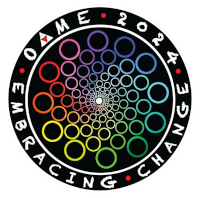
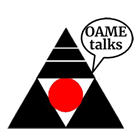
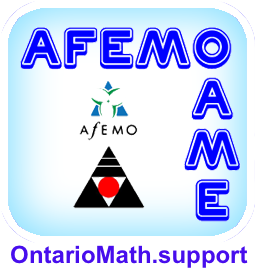
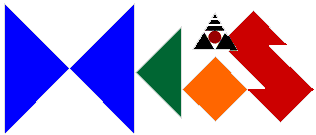



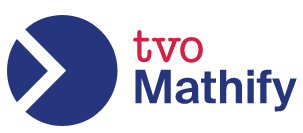

 Like us on FaceBook
Like us on FaceBook